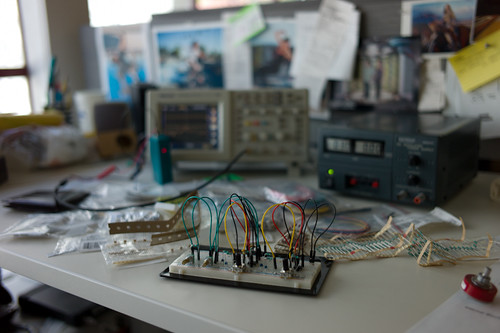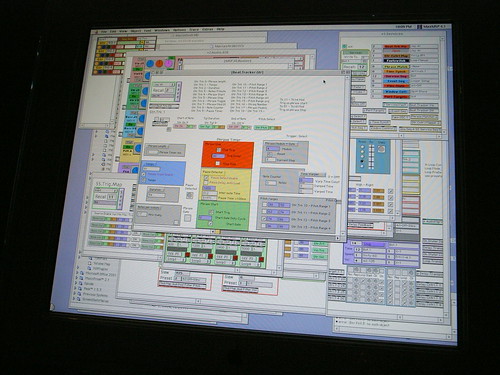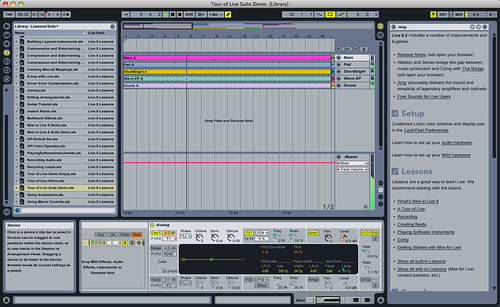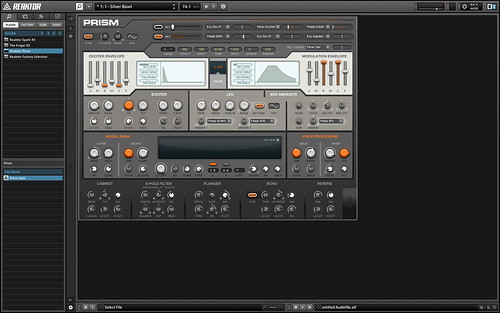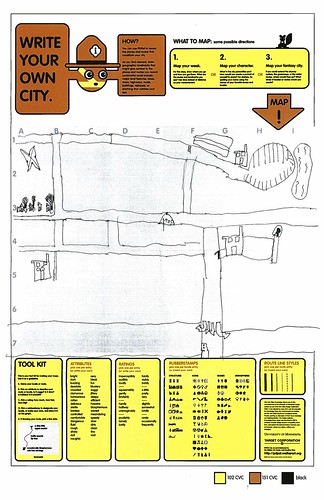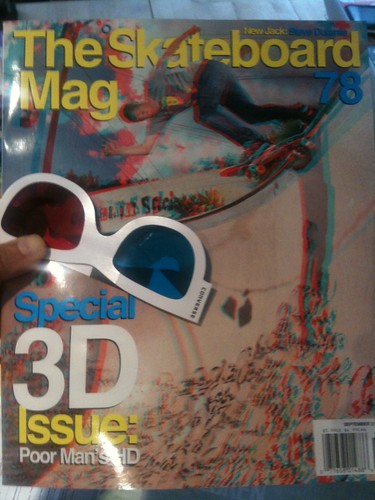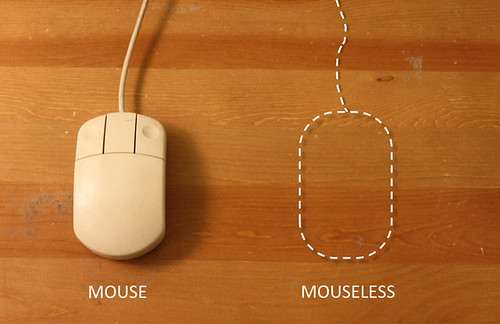I’ve become almost over-interested in audio as a new, untapped frontier for IxD and UX. In contrast to what our quite busy, jealous, overburdened screens offer us audio has the opportunity to form a kind of interaction experience and engagement with “stuff” (sorry early days…not sure how to be more precise..) and other people seems woefully antique. Could be some good wheels-on-luggage insights and opportunities to do design that makes things better — and makes what we have now embarrassing.
This is an unfolding theme and there have been some “observations” of things that just seem like they were never really designed so much as bolted on without a care or a concern that could be done better.
Some considerations:
I need a category of aspects of audio and it’d also be nice to become a bit more expert at audio and sound and the variances, cultures and interstices of the terrain.
Screens are all well and good, and HD audio may possibly become *more HD and surround-y, but even the small, low-hanging simple stuff is super interesting, like..
* Kitchen appliances that beep like a yelping puppy what that just got its tail stepped on
* Car horns and their abusive honk when you just want a chime to summon a friend or lightly remind that sleeping wanker at the head of the red light queue to move on
* Cars and their noises in the era of purring-whirring barely noticeable electric engines — I know this is a terrain that’s being actively explored
* Audio processing to make sound more expressive — are there alternatives and extensions to volume and tone control as ways of manipulating sound without getting goofy?
* What’s the Instagram of sound?
* What would a proper sound designer do if given a brief to design the audio experience for an operating system? Or a microwave oven? Or an airplane cabin interior?
* Consider that the high water mark of sound design for devices and the like are start up tones, beeps on notifications, &c. That’s not much — there could be more.
What would the world be like if proper, thoughtful sound designers came into the UX/IxD mix?
What’s the Design Fiction for the world in which, in some future/historical moment humans have enormous ears and pin-hole eyeballs..and they needed design work done? In other words — if we were more reliant on our ears rather than our eyes what would “X” (computer/smart device/car/chair/bicycle) look & behave like?
* Software to learn more about audio:
* Max/MSP (I end up using this about once every year anyway — and now it seems like it can “talk” to Abelton Live..need to figure out why this is interesting)
* Reaktor
* Logic
* Abelton Live
These are audio making softwares, mostly tilted towards making music or composing sound into rhythmic melodic assemblages or something like that. While the idea of being a DJ with throbbing thumping crowds manipulated by my expert mixing and all that sounds like fun, I’m actually more interested in the ways these tools and playthings can help design audio experiences of other sorts — like even mundane moments of sound..a new car horn, for example — or an intriguing car alarm that brain paralyzes the would-be car-jacker into doing the polka. ((I don’t know why I’m fixated on car sounds – maybe it’s LA getting to me..))
A curious side note to this world of audio software you’ll notice from those screen shots above: it’s entirely baroque in its UI design, which is both super intriguing and somewhat annoying, but actually more intriguing than annoying.
An experiment:
I’m *trying to make a DIY small, portable, audio mixer with a variety of stereo and mono inputs and some “effects sends” so that I can experiment with mixing multiple sound sources and sound sensors while on the go — walking and riding around.
Seems simple enough but I’m having a bear of a time with it. More about that in a subsequent post.
That’s it. Rough early days. I can say that its super exciting. And nice to be tagging along with Russell as he experiments with some similar questions. (cf. Secondary Attention and Little Boxes of Sound, Secondary Attention and The Background Noises. I especially like the idea in the latter post about the “Ghost Box” concept of a thing that inserted sound effects, effectively into the environment.
Why do I blog this? Because if I didn’t, I’d forget what I was doing in the past when I’m in the future. Also it’s good to share things that are going on because then you hear from other people who are working on similar threads and friends should know what friends are thinking about even when separated by the Internet.
